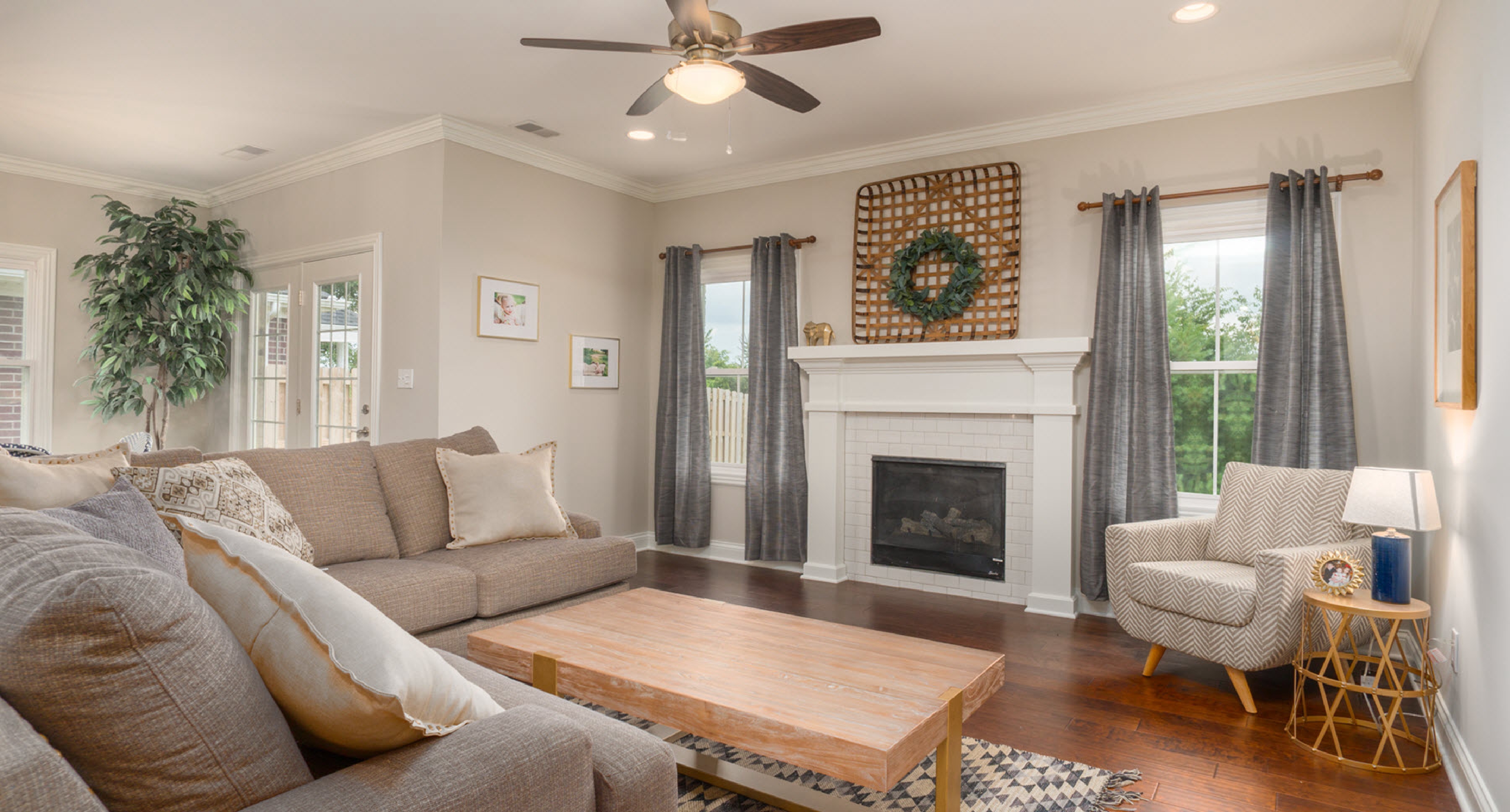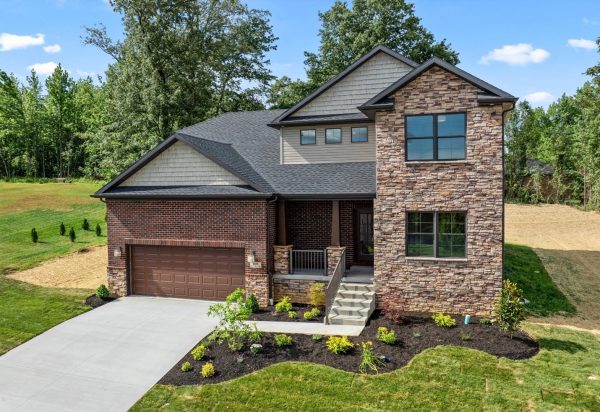
WHAT ARE THE ADVANTAGES OF BUYING A NEW HOME SOONER THAN LATER?
Are you postponing the decision to buy a home right now? Do you understand what it costs to play the waiting game? Now sure when to buy a new home? Maybe you should learn the advantages of buying a new home sooner than later.
Home prices will keep rising.
The price of homes continues to rise. In March 2024, home prices in the U.S. were up 4.8% over the same time in 2023, according to Redfin. In some popular metro areas, the prices have soared much higher. While you’re trying to decide the right time to buy a home, the price is going up. And it will keep heading in that direction.
Look at it this way. If you have a budget of $400,000 to buy a home, you’ll need to keep raising it while you wait. At the current price increase rate of 4.8%, the $400,000 home will be $419,200 in a month or so. Regardless of the interest rate, you’ll either have to come up with a larger down payment when the price goes up or finance a larger amount.
Equity starts when you do.
The balance between what you owe and the value of your home represents your home equity. The equity you gain in your home begins when you purchase a home and its value rises with the upward shift in home prices. Imagine you bought that $400,000 and the value rose according to the current rate. And kept going. The equity growth potential is one of the biggest advantages of buying a new home sooner than later.
Marry the mortgage, date the rate.
“Marry the mortgage, date the rate” is a common phrase in home financing. It means that when you buy a home, you commit to owning it, which refers to carrying the mortgage. However, the rate you pay doesn’t have to stay where it is when you close on that home. There are many ways you can “date the rate”.
Rate buydown
A mortgage rate buydown is a financing option that gives you more control over the rate. You purchase discount points, essentially paying the difference in interest between a higher and lower rate. One discount point is equal to 1% of the amount you’re borrowing and purchasing one point will lower your interest rate by about 0.25% (a quarter of one point). If you’re buying the $400,000 home at a fixed rate of 7% for 30 years, you could lower the rate to 6.75% by purchasing a discount point for $4,000.
BUT…
When you’re looking at new construction homes, the builder might be willing to pay for the rate buydown. At Thompson Homes Inc., for example, we’re currently offering a substantial interest rate reduction. You save money on your interest rate—which equates to saving on your monthly mortgage payment—at NO COST to you! The Thompson Homes Inc. mortgage buydown is a limited time offer and represents another of the big advantages of buying a new home sooner than later. Contact us for details.
Refinancing
As you’re thinking about when to buy a new home, remember that you always have the option to refinance your mortgage, as long as you’re credit-qualified. Just lock in a rate, close on your home, and have the peace of mind that if rates drop, you can refinance the loan. This is another example of “date the rate”.
You should also keep in mind that when mortgage rates drop, the demand for homes rises, so home prices will rise. If you buy now, you can refinance your home, which you purchased at a lower price than if you had waited.
Increase your down payment
You might also benefit with a larger down payment. By financing less, you might qualify for a lower interest loan. Plus, you’ll be financing a smaller loan amount, so your monthly payment will be lower.
New home inventory is strong.
Currently, the inventory of new construction homes is strong, whereas resale homes are in shorter supply. Homeowners aren’t listing their homes as aggressively as they had done during the pandemic because demand is lower now.
New construction continues to move forward as builders work to meet the demand they’re experiencing for brand new homes. By choosing to buy a new home instead of a resale, you not only have more inventory available to choose from, but you might also be able to personalize your design choices, depending on the stage of construction. You can buy what is known as a “quick move in home”, which is one that is either completed or nearing completion. Or you can contract the builder to build the home of your choice. With the latter option, you choose every detail, from the color of the roof the fixtures throughout the interior.
Look at the real cost of a resale home.
The price of a resale can be deceiving. If you compare the purchase price of a resale to a new construction home, you might think the resale is the more affordable option. Quite often, the reverse is true.
A resale represents “what you see is what you get.” You might need to set aside funds to make repairs, like the roof, or replacing major appliances. What other changes will this home need in order for it to be “move in ready”? Paint? New flooring? A kitchen or bath remodel? Window replacement?
To get an apples-to-apples comparison of a resale with a new home, you need to calculate the total cost of ownership. What will it cost you to buy AND maintain the home? Once you pay to purchase a resale, can you afford the fix-ups? Do you have the budget for making it the way you’d like it to be? And, if it’s not energy efficient, factor in the difference in monthly utility bills between the resale home and a new construction home that is highly efficient.
A new construction home comes with a warranty. The builder guarantees the structure and construction. All appliances and systems (e.g., HVAC, roof) are covered by individual warranties. You have no worries about unpleasant surprises that could strain your budget.
Picture this scenario:
You find a $400,000 resale home. It’s in your budget, but definitely needs some updating and repairs.
The roof, air conditioning, and water heater will need to be replaced either right away or soon. That could add $20,000 to your total cost of ownership.
The windows aren’t energy efficient. The insulation isn’t comparable to today’s homes. Add in $1,200 a year for additional energy costs. Over a span of 10 years, that’s $12,000.
You’ll need to replace a few major appliances. Tack on $6,000.
You decide the kitchen needs a redo. Maybe you have to compromise and just replace the cabinets and countertops rather than a complete remodel. The average cost of kitchen cabinets is $6,700 and countertops are $2,700, totalling $9,400 for this partial makeover.
Now, add it up:
- $400,000 Resale home’s purchase price
- $20,000 Replace roof, HVAC, water heater
- $12,000 Wasted energy
- $6,000 Replace major appliances
- $9,400 Replace kitchen cabinets and countertops
- $447,400 TOTAL
That’s a better reflection of the true cost of buying a resale.
Now, imagine you opt to buy a brand new home for $440,000 and the builder is willing to buy down the interest rate. That automatically lowers your monthly payment.
Everything is brand new so you don’t have the cost of repairs, remodeling, or replacement.
The home is designed and built to current standards for energy efficiency, so you gain the benefit of lower utility bills.
Best of all, your new construction home has never had a previous owner. There’s no question about the quality of the upkeep when you buy the home, no worries that something has been neglected that could cause problems in the future, which is one of the risks of buying a resale home.
New homes for sale in Owensboro
Now is a great time to buy a home, particularly in the exciting Owensboro area. Thompson Homes Inc. is building communities of new homes for sale in some of the most popular areas. Browse the selection of Thompson Homes quick move-in homes
Tags: homebuilder owensboro ky, homes for sale owensboro ky, new homes owensboro ky




 Privacy Policy
Privacy Policy